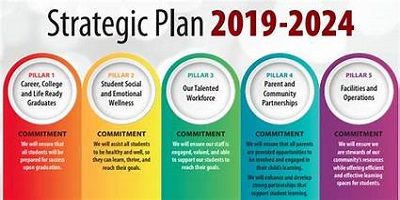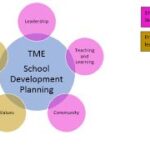What is planning?
STRATEGIC PLANNING: Generally speaking, planning is a process whereby a direction is mapped. Then the ways and means for following that direction are specified.
A plan is the product of the planning process and can be defined. As a set of decisions about what to do, why, and how to do it. In simple terms, planning is setting a direction or road map and specifying ways. And means to follow the overall direction. In other words, planning is a set of decisions about what to do. Why do it, and how to do it?
What is Strategic Planning?
Strategic planning is the long-term planning that is set by the higher-ups of the organization. In this type of planning, they decide the main aim and approach of the company. This plan remains unchanged for the specific tenure and changes after the top management meeting. It is an analytical process that thoroughly looks into the model of the business as a whole in terms of the micro and macro environment.
Strategic planning is defined as long-term planning. That is carried out by the top management of an educational organization. Being long-term, this type of planning remains unchanged for a specific tenure of ten years or more and changes after the meeting of the higher-ups. In strategic planning, the main aim, policy, and approach of the organization are decided for a defined tenure.
In this type of planning, the top priorities, and long-term goals are defined. Which the organization needs to achieve in the long term. The policies, rules & regulations, and priorities were decided. Strategic planning is to be followed by each department. The unit is the plan designed for the entire setup.
STRATEGIC PLANNING PROCESS
- There is no defined single perfect way to strategic planning: analysis, planning, and implementation. Evaluations are common to strategic planning in education.
- Analysis: The first stage of the planning process is the analysis stage. When the organization analyses its strengths and weaknesses. Opportunities exist within the current setup. The analysis is done through various tools like SWOC (strengths, weaknesses, opportunities, and challenges). PEST (political, economic, social, and technological environment), and 4-D analysis (discovery, dream, design, and destiny)
- scenario, planning, and decision-making: After a thorough analysis of the overall scenario. The next step is to make policies, set priorities, and make some key decisions. Followed by some actions to be taken to achieve the set priorities.
- Implementation: Once planning is done, the time comes to put it into action. In this step, all the plans are put into practice and implemented in their different domains.
- Evaluation: It is the process of checking the success in line with the set targets. Successful plans are continued, and unsuccessful ones are modified in the evaluation stage.




